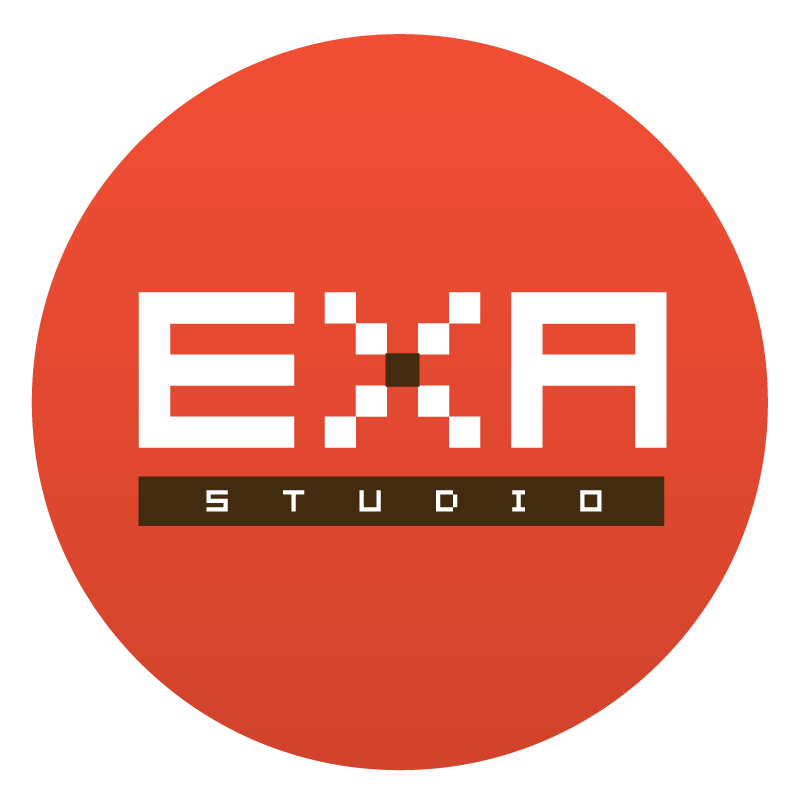A boardroom guide is a must-have guide for anyone who runs a company’s highest-level meetings. From the chair concerned about maintaining focus and facilitating interaction to the secretary or liaison preoccupied with organizing the board’s pack The meetings are often complex things that require careful planning and execution.
A successful board meeting begins with an agenda that prioritises important issues and permits productive discussion without wasting valuable time discussing non-important topics. The right tools for managing meetings such as board portals with built-in videoconferencing software, may help streamline the process.
The majority of decisions made in the boardroom are often influenced by ethical concerns. These decisions may be based on general influences like the role of the organization as a member of society, its cultural values and personality as well as the motives and biases of particular directors. It is crucial to consider these factors, regardless the topic.
The boardroom layout is a classic conference room layout which is perfect for formal meetings and executive sessions, which allow participants to gather face-to–face and facilitate discussions. There are other styles that could be useful for smaller gatherings also. Hollow square style is one example, where tables are arranged from end to end to create a space in the middle. This arrangement provides the benefits of visible equality and a hivelike discussion, but leaving plenty of legroom for attendees. This arrangement is a great alternative for those who want to feel less confined during discussions.
https://www.boardroomexpo.com/virtual-data-room-and-its-functions/
